Explore The Colourful Punjab!
A LAND OF FIVE RIVERS

"Where Nature blends with History"
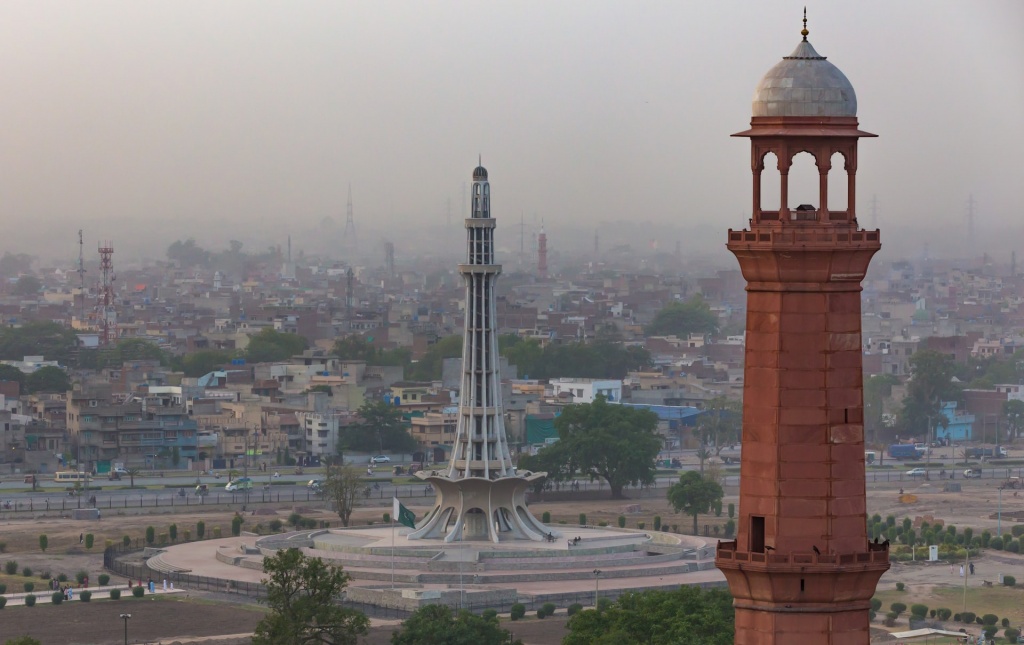
Punjab the land of ‘ “Five waters”‘ is Pakistan’s most populous province with Lahore its capital. Punjab has been inhabited since ancient times. The Indus Valley Civilization, dating to 2600 BCE, was first discovered at Harappa. Punjab is home to Taxila, which is considered as the oldest university in the world. The Arab empire conquered Punjab in the 8th century CE. Later, it was invaded and conquered by the Ghaznavids, Ghurids, Delhi Sultanate, Mughals, Durranis and the Sikhs. The province has been strongly influenced by Sufism. The founder of the Sikh faith, Guru Nanak, was born in the Punjab. Punjab is also the site of the Katas Raj Temple.
Punjab the land of ‘ “Five waters”‘ is Pakistan’s most populous province with Lahore its capital. Punjab has been inhabited since ancient times. The Indus Valley Civilization, dating to 2600 BCE, was first discovered at Harappa. Punjab is home to Taxila, which is considered as the oldest university in the world. In 326 BCE, Alexander the Great defeated King Porus at the Battle of the Hydaspes. The Arab empire conquered Punjab in the 8th century CE. Later, it was invaded and conquered by the Ghaznavids, Ghurids, Delhi Sultanate, Mughals, Durranis and the Sikhs. The province has been strongly influenced by Sufism, with numerous Sufi shrines spread across Punjab which attract millions of devotees annually. The founder of the Sikh faith, Guru Nanak, was born in the Punjab town of Nankana Sahib. Punjab is also the site of the Katas Raj Temple, which features prominently in Hindu mythology.

Geography
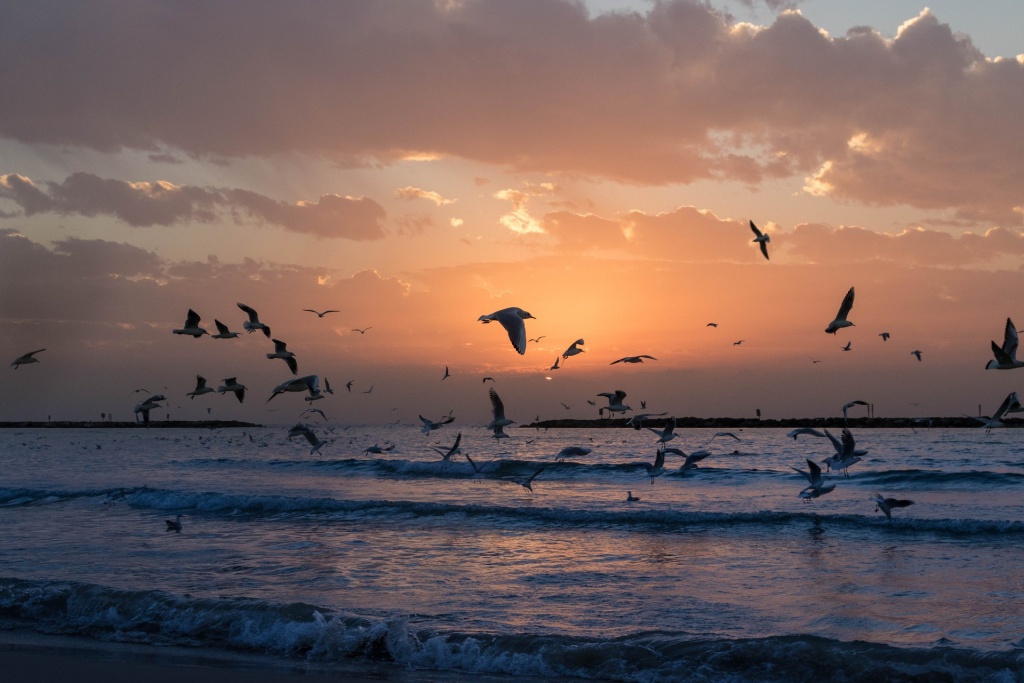
Punjab is the lifeline of Pakistan. To the North of the Punjab is the Khyber Pakhtunkhwa Province and the Federal capital area of Islamabad, to the North-East is Azad Kashmir, to its South-East is India (Indian Punjab & Rajasthan), to the South-West is the province of Sindh while to the West are Baluchistan and the Federally Administered Tribal Areas (FATA).All the major rivers of the country namely Indus, Jhelum, Chenab, Ravi, & Sutlej flow through this province.
Punjab is the lifeline of Pakistan. To the North of the Punjab is the Khyber Pakhtunkhwa Province and the Federal capital area of Islamabad, to the North-East is Azad Kashmir, to its South-East is India (Indian Punjab & Rajasthan), to the South-West is the province of Sindh while to the West are Baluchistan and the Federally Administered Tribal Areas (FATA).All the major rivers of the country namely Indus, Jhelum, Chenab, Ravi, & Sutlej flow through this province. According to the 1998 census, the population of the province is 7,25,85,000. It contains several major cities of the country: Lahore, Faisalabad, Rawalpindi, Multan and Gujranwala.
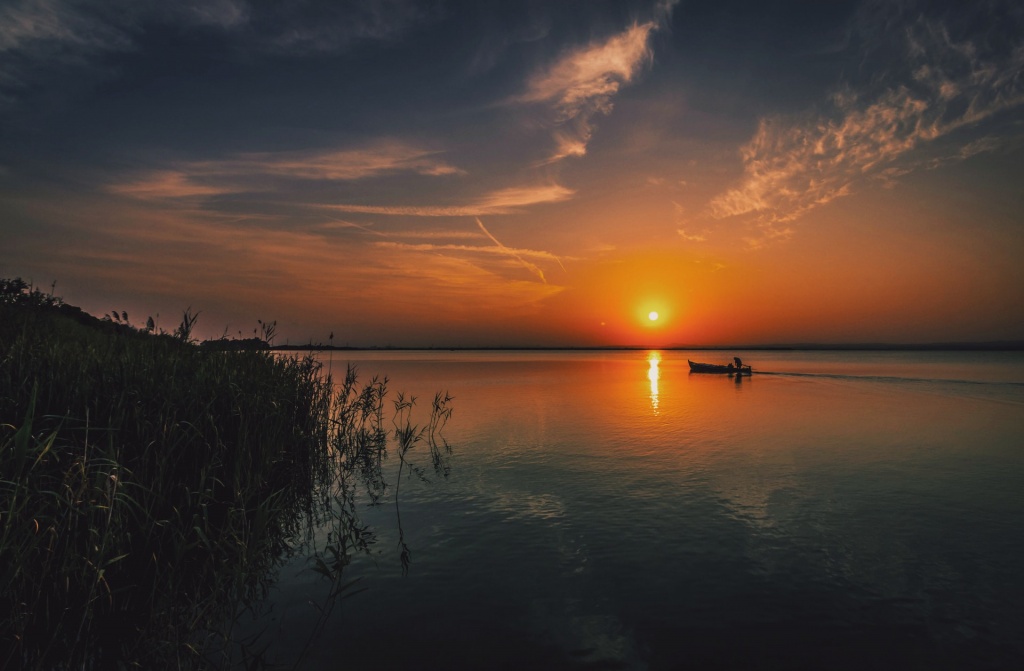
ALL ABOUT PUNJAB
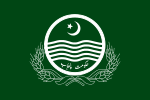
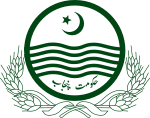
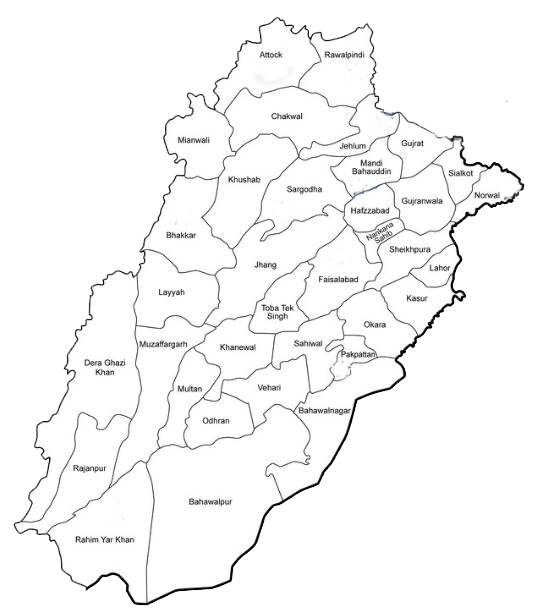
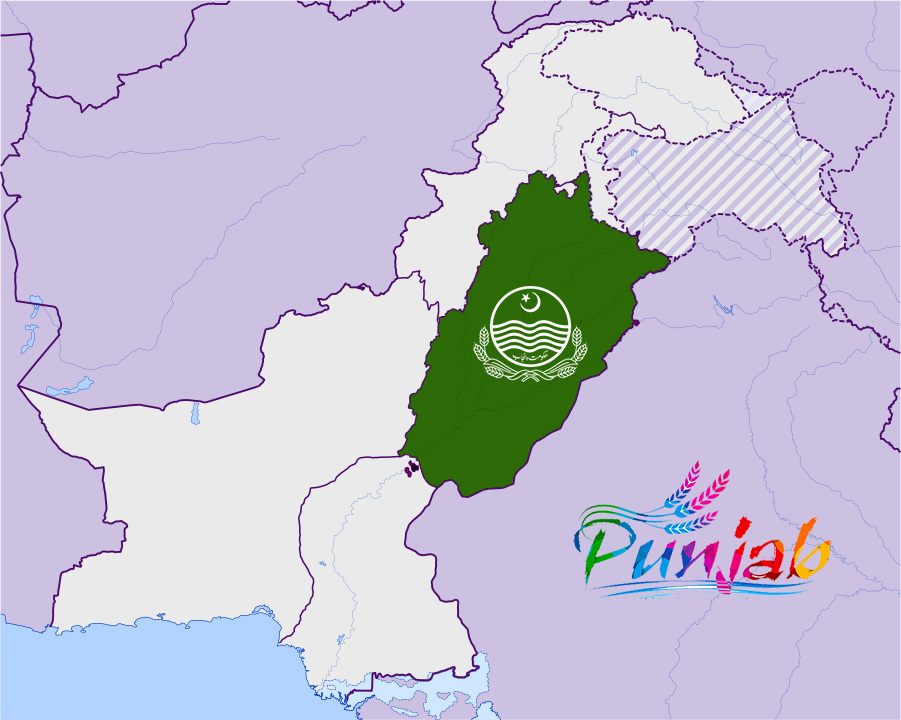
ECONOMY
Quick Stats
Punjab economy is mainly agricultural, although industry makes a substantial contribution. The province is playing a leading role in agricultural production. It contributes about 68% to the annual food grain production in the country. 51 million acres of land is cultivated in the province. Cotton and rice are important crops. They are the cash crops that contribute substantially to the national exchequer.
Punjab has also more than 48 thousand industrial units. The small and cottage industries are in abundance. There are 39,033 small and cottage industrial units. The number of textile units is 11,820. The ginning industries are 6,778. There are 6,355 units for processing of agricultural raw materials including food and feed industries. Lahore and Gujranwala Divisions have the largest concentration of small light engineering units. The district of Sialkot excels in sports goods, surgical instruments and cutlery goods. Punjab is also a mineral rich province with extensive mineral deposits of coal, rock-salt, dolomite, gypsum, silica-sand.
| Country | Pakistan (Province) |
| Capital | Lahore |
| Language | Punjabi, Saraiki, Urdu, Pothohari |
| Area | 205,344 km2 (79,284 sq mi) |
| Time zone | UTC+05:00 (PST) |
| ISO 3166 code | PK-PB |
| Divisions | 09 |
| Districts | 36 |
| Tehsils | 146 |
| Coordinates | 31°N 72°E |
| Visa Info | e-visa system and up to 176 nationalities |
ECONOMY
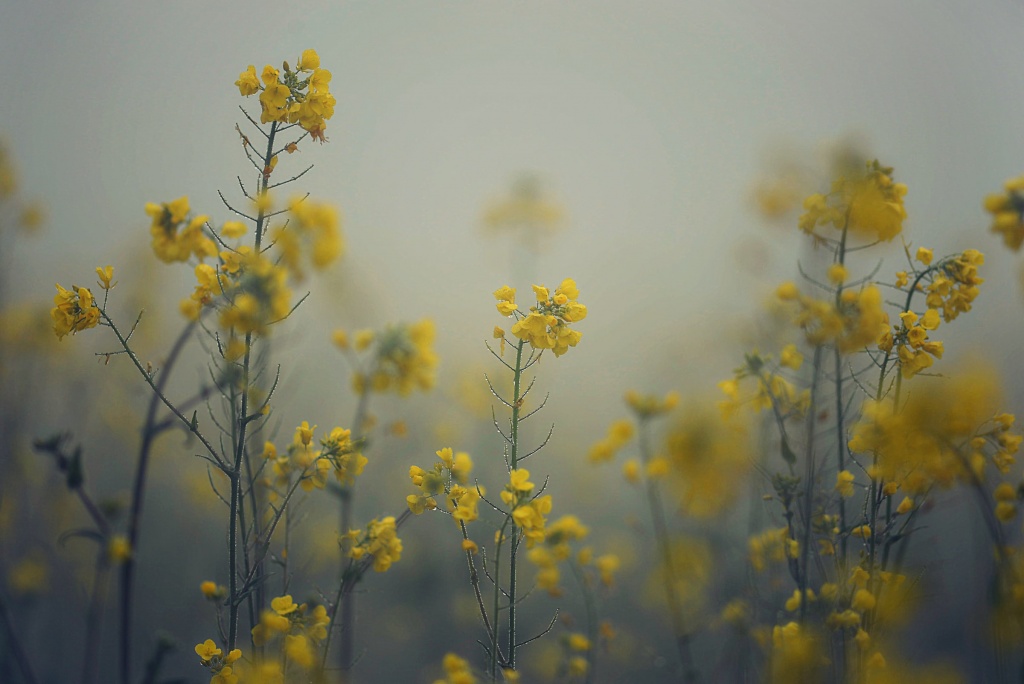
Punjab economy is mainly agricultural, although industry makes a substantial contribution. It contributes about 68% to the annual food grain production in the country. Cotton and rice are important crops. Punjab has also more than 48 thousand industrial units. There are 39,033 small and cottage industrial units. The number of textile units is 11,820. Lahore and Gujranwala Divisions have the largest concentration of small light engineering units. The district of Sialkot excels in sports goods, surgical instruments and cutlery goods. Punjab is also a mineral rich province with extensive mineral deposits of coal, rock-salt, dolomite, gypsum, silica-sand.
Quick Stats
| Country | Pakistan (Province) |
| Capital | Lahore |
| Language | Punjabi, Saraiki, Urdu, Pothohari |
| Area | 205,344 km2 (79,284 sq mi) |
| Time zone | UTC+05:00 (PST) |
| ISO 3166 code | PK-PB |
| Divisions | 09 |
| Districts | 36 |
| Tehsils | 146 |
| Coordinates | 31°N 72°E |
| Visa Info | e-visa system and up to 176 nationalities |
PEOPLE AND Culture
Originally belonging to the Aryan stock, the people of Punjab are descendants of the Iranians, Turks, Afghans and Arabs who came individually or in groups. The people of Punjab ethnically belong to a pluralistic pattern of life but they have a common identity. They have one common faith, Islam, and they proudly share its glorious traditions in their thought and conduct. In their religious sensibility, in folklore, in regional and domestic culture and in their hopes and aspirations the people have a common identity.

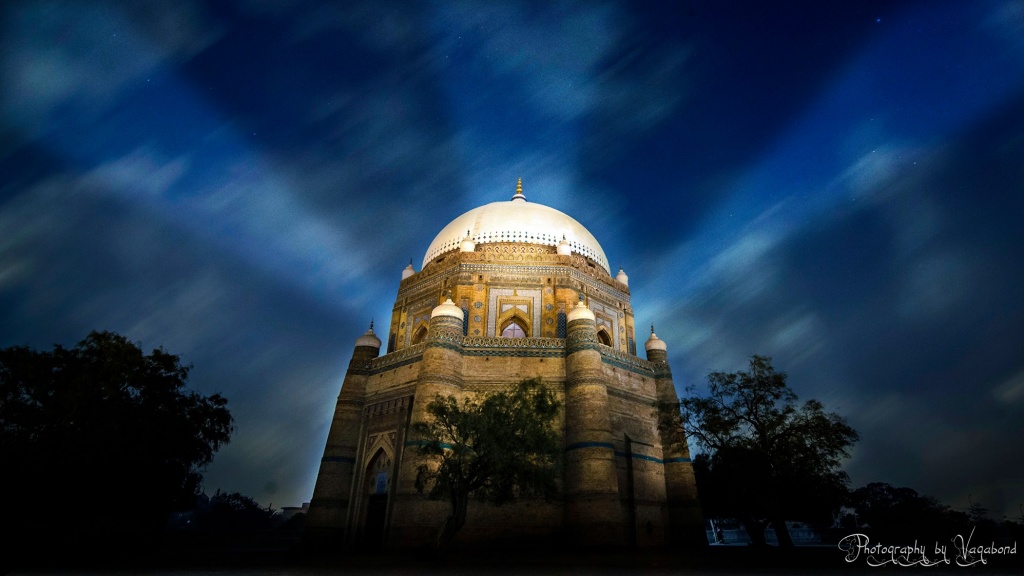
Punjab is known for its ancient cultural heritage as well as its religious diversity. Lahore is the Cultural Heart of Pakistan. The Mughal Empire left behind the Lahore Fort and Shalimar Gardens which are now recognised World Heritage Sites. The Walled City of Lahore is loaded with unique cultural sites. The Samadhi of Ranjit Singh and Hazuri Bagh Baradari are prime example of Sikh architecture. Data Darbar is the major spiritual site.Rawalpindi is known to be a famous hill station stop for tourists before setting out to Murree, Bhurban, Patriata, Northern Areas, Azad Kashmir and Gilgit-Baltistan. The Rohtas Fort near Jhelum is a major fort built by Sher Shah Suri is a World Heritage Site. The Khewra Salt Mines is another major tourist attraction as its one of the oldest mines in South Asia. The city of Nankana Sahib is birthplace of the founder of Sikhism. Multan is is known for its mausoleums of saints. The city of Bahawalpur is located near the Cholistan Desert. The Derawar Fort is the site for the annual Cholistan Jeep Rally. The city is also near the ancient site of Uch Sharif which was once a Delhi Sultanate stronghold. The Noor Mahal, Sadiq Ghar Palace, Darbar Mall are large palaces built during the reign of the Nawabs. The Lal Suhanra National Park is a major zoological garden on the outskirts of the city.
Punjab is known for its ancient cultural heritage as well as its religious diversity. Lahore is the Cultural Heart of Pakistan. The Mughal Empire left behind the Lahore Fort and Shalimar Gardens which are now recognised World Heritage Sites. The Walled City of Lahore is loaded with unique cultural sites. The Samadhi of Ranjit Singh and Hazuri Bagh Baradari are prime example of Sikh architecture. Data Darbar is the major spiritual site.Rawalpindi is known to be a famous hill station stop for tourists before setting out to Murree, Bhurban, Patriata, Northern Areas, Azad Kashmir and Gilgit-Baltistan. The Rohtas Fort near Jhelum is a major fort built by Sher Shah Suri is a World Heritage Site.
The Khewra Salt Mines is another major tourist attraction as its one of the oldest mines in South Asia. The city of Nankana Sahib is birthplace of the founder of Sikhism. Multan is is known for its mausoleums of saints. The city of Bahawalpur is located near the Cholistan Desert. The Derawar Fort is the site for the annual Cholistan Jeep Rally. The city is also near the ancient site of Uch Sharif which was once a Delhi Sultanate stronghold. The Noor Mahal, Sadiq Ghar Palace, Darbar Mall are large palaces built during the reign of the Nawabs. The Lal Suhanra National Park is a major zoological garden on the outskirts of the city.

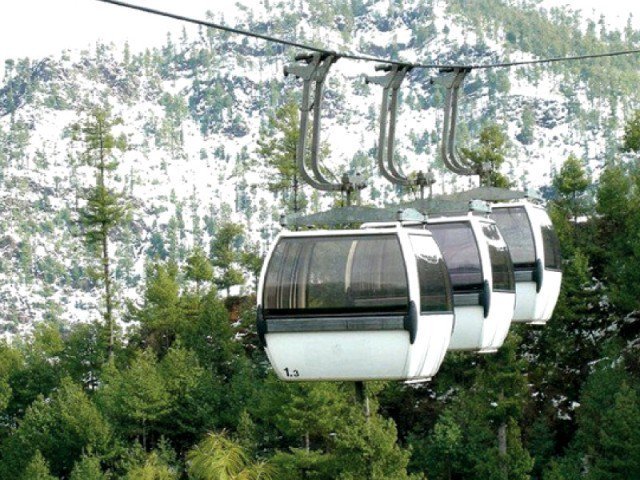
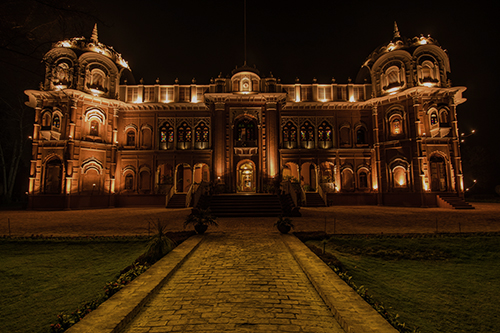
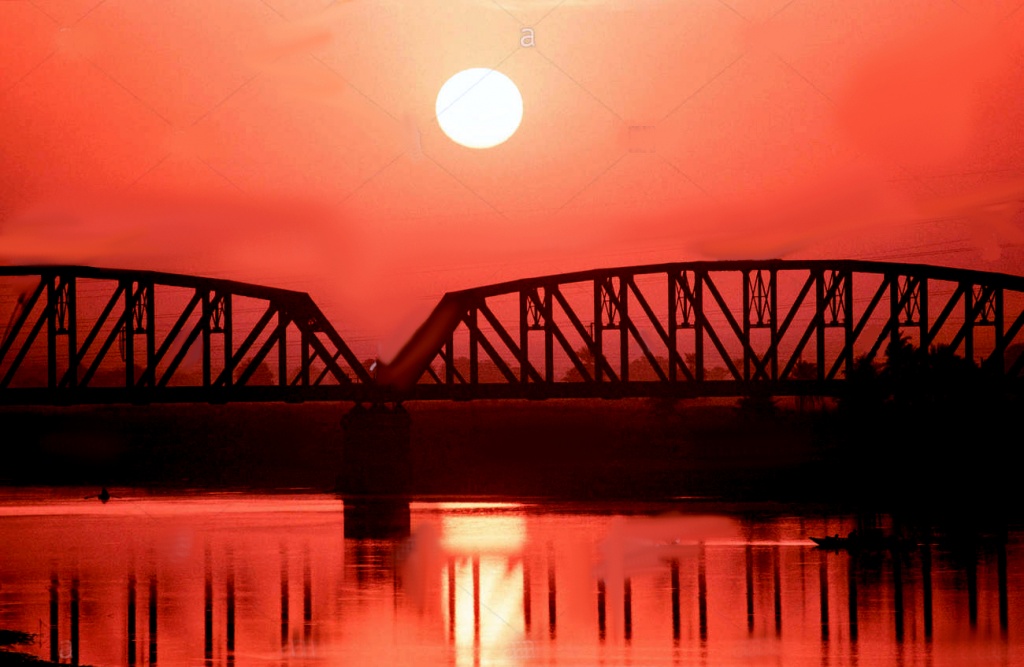
Punjabi cuisine
Welcome to Punjab!
Unique culture and cusine
The local cuisine of Punjab is heavily influenced by the agriculture and farming lifestyle prevalent from the times of the ancient Indus Valley Civilization. Locally grown staple foods form the major part of the local cuisine. Distinctively Punjabi cuisine is known for its rich, buttery flavours along with the extensive vegetarian and meat dishes. In addition to that Punjab has a very rich cultural trditions.

